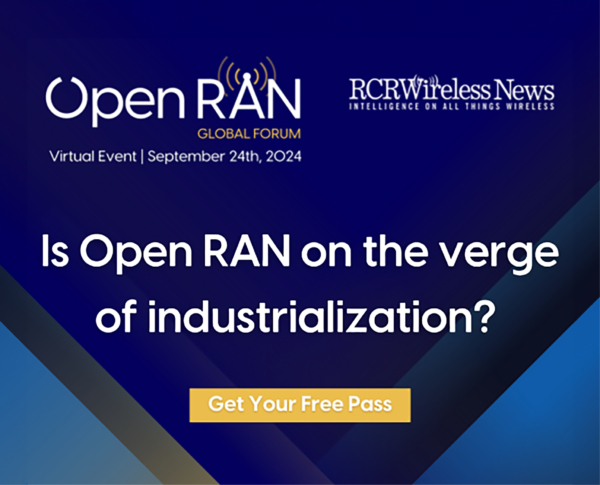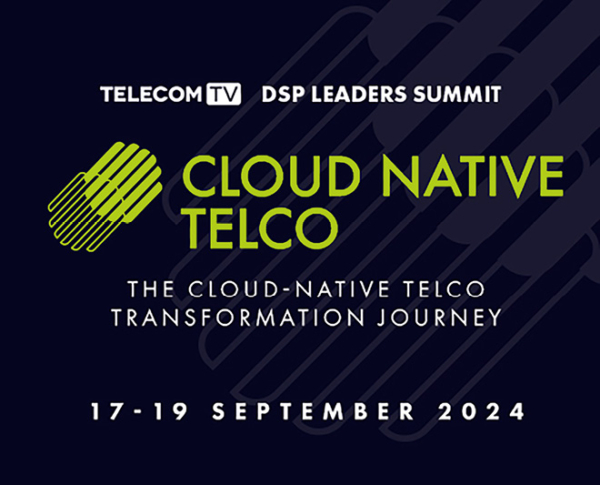Open RAN Global Forum 24
We are excited to be part of the virtual Open RAN Global Forum on 24 September.
Is Open RAN on the verge of industrialization? Join NGMN Board Members and other industry leaders for panel sessions – register for free here.
Find the agenda here featuring some of our NGMN Partners.
Access our latest publications here.
We invite interested industry players to become part of our endeavour.









